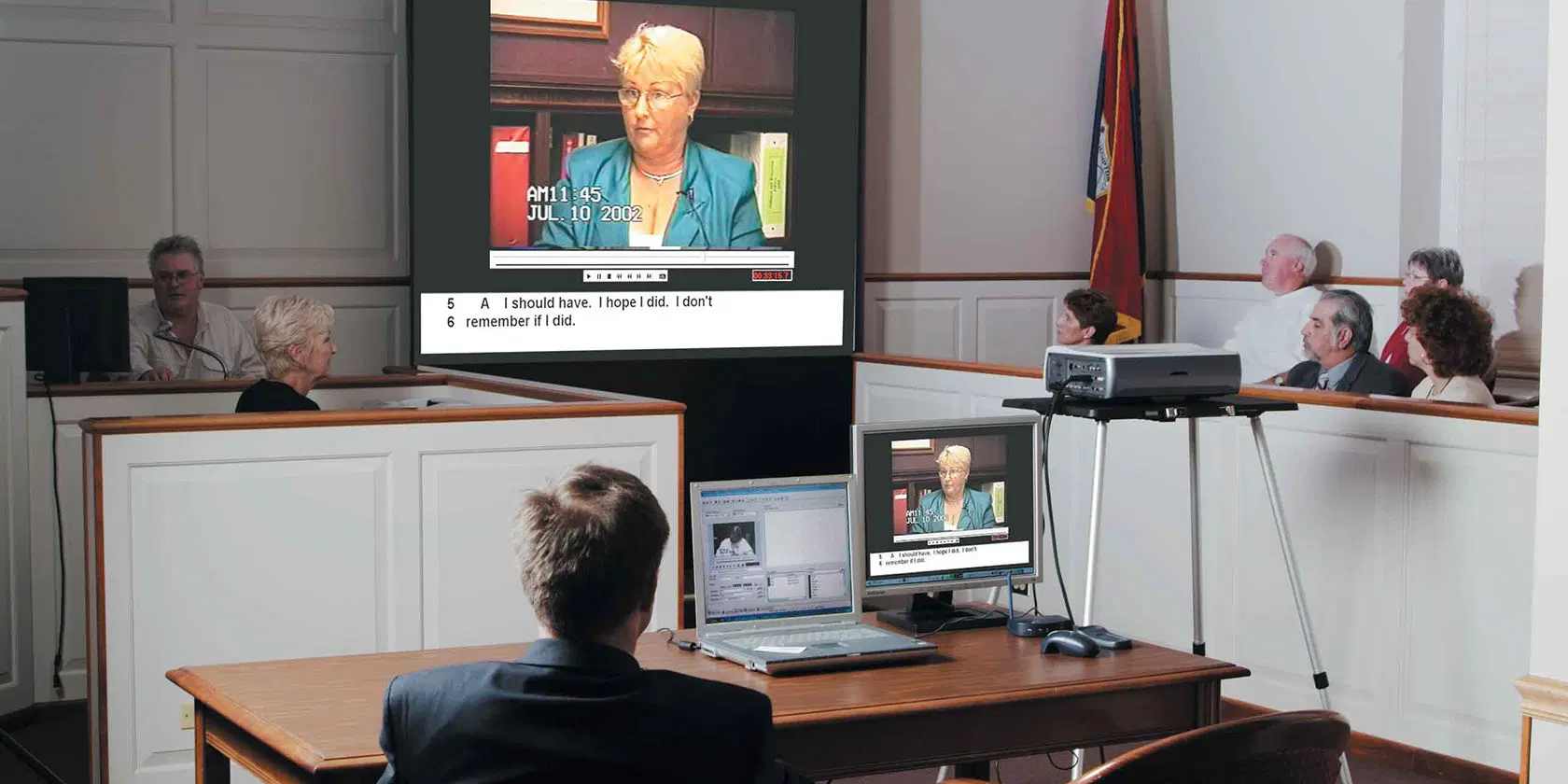Trial Presentation Reliable Solutions for Structuring and Presenting Evidence
Trial Presentation Reliable Solutions for Structuring and Presenting Evidence
Blog Article
Mesmerize the Court: Crucial Components of a Powerful Trial Discussion
Necessary components such as understanding the audience, crafting a compelling narrative, and mastering verbal and non-verbal communication are crucial parts of an efficient discussion. As these factors intertwine, they create a cohesive method that not only notifies but also involves jurors on several degrees.

Comprehending Your Target Market
Comprehending your target market is a pivotal element of reliable test discussion. An effective discussion pivots on the capacity to understand the demographics, values, and predispositions of jurors. This understanding educates just how debates are framed, proof is offered, and sob stories are crafted, ensuring that the message reverberates with the jurors on a personal level.
Study suggests that jurors originated from diverse backgrounds and might have differing degrees of comprehending pertaining to legal procedures (trial presentation). Hence, it is crucial to stay clear of legal lingo that could estrange or perplex them. Rather, using clear, relatable language promotes interaction and understanding. Furthermore, understanding the jurors' potential biases and life experiences allows the test speaker to prepare for arguments and address issues proactively.
Reliable test discussion additionally entails observing jurors' responses throughout the procedures. Being in harmony with non-verbal hints can offer insight into their involvement and receptivity, permitting real-time changes in strategy. Inevitably, an extensive understanding of the target market not just improves communication however also builds rapport, enhancing the possibility of a positive result. Involving with jurors as individuals as opposed to a collective device is necessary in fostering a solid connection in the court room.

Crafting an Engaging Story
Crafting a compelling narrative is essential in guiding jurors through the complexities of an instance. A well-structured narrative not just simplifies complex lawful ideas yet also engages jurors on a psychological degree, making the details more relatable and unforgettable.
This message should reverberate with the jurors' worths and experiences, fostering a link that transcends simple facts. This sequential strategy can assist jurors comply with the progression of events, stressing cause and result.
Incorporating human elements-- such as individual stories or stories-- can even more improve the story's impact. These aspects evoke empathy, enabling jurors to visualize the effects of the case on realities. Additionally, employing a constant theme throughout the discussion enhances the main debate, making it simpler for jurors to maintain essential factors.
Eventually, a compelling story changes a test presentation from a simple recitation of realities right into a convincing tale that captivates the jury, urging them to ponder with both reason and emotion.
Utilizing Aesthetic Aids
Including aesthetic aids right into a test presentation can dramatically boost jurors' understanding and retention of information. Aesthetic materials such as charts, layouts, photographs, and videos can transform complicated lawful ideas and evidence into conveniently absorbable styles. By engaging several detects, these dig this aids allow jurors to visualize the situation's key aspects, making it easier for them to follow along and comprehend complex details.
Additionally, well-designed aesthetic aids can stress crucial points and highlight relationships in between various items of evidence. Timelines can effectively show the series of occasions, while annotated images can clarify particular details pertinent to the case. This not just help in understanding yet additionally enhances the story offered by the lawyer.
Extremely complex or cluttered visuals may bewilder jurors and detract from the message. Inevitably, efficient visual communication can be an effective device in convincing jurors and aiding them get to notified verdicts.
Mastering Verbal Communication
Effective verbal communication is crucial in a trial presentation, as it serves as the main ways via which lawyers communicate their arguments and link with jurors. Simpleness Get More Information in language promotes understanding and aids jurors grasp complicated concerns provided throughout the test.
In addition, tone and pacing significantly impact exactly how messages are received. A certain tone conveys authority, while appropriate pacing enables jurors to soak up info without feeling overwhelmed. Lawyers need to likewise differ their vocal inflections to emphasize bottom lines and maintain jurors' passion throughout the presentation.
In addition, the organization of verbal disagreements is vital. Structuring the narrative rationally and coherently aids jurors adhere to the attorney's line of thinking, making it simpler for them to maintain vital information. Making use of convincing techniques, such as storytelling, can also improve the psychological vibration of the arguments provided, consequently developing an extra extensive link with jurors.
Ultimately, mastering spoken communication not only strengthens an attorney's situation however also promotes count on and connection with the court, dramatically boosting the chances of a positive decision.

Involving With Body Movement
Nonverbal interaction plays an essential function in test discussions, usually conveying messages that words alone can not express. Body movement, including motions, posture, faces, and eye get in touch with, dramatically affects how jurors perceive the credibility and sincerity of the presenter. A positive position, with shoulders back and an open stance, can impart count on, while closed-off body movement may recommend defensiveness or uncertainty.

Faces must show the feelings connected with the instance, strengthening the narrative existing. An honest expression during a touching moment can evoke empathy and strengthen the emotional appeal. Inevitably, understanding body language is important for read what he said reliable trial discussions, as it improves spoken communication and develops an engaging existence that reverberates with the court.
Conclusion
To conclude, captivating the court necessitates a strategic method that incorporates comprehending the audience, crafting a compelling story, using visual aids, understanding verbal interaction, and involving via body movement. Each component plays a crucial function in creating an effective test presentation that reverberates with jurors on both emotional and intellectual levels (trial presentation). By integrating these parts properly, attorneys can significantly boost their capability to persuade and influence court decision-making
Report this page